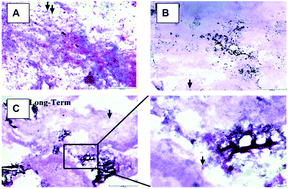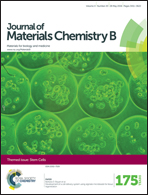Application of biomaterials to in vitro pluripotent stem cell disease modeling of the skeletal system
Abstract
Disease-specific pluripotent stem cells can be derived through genetic manipulation of embryonic stem cells or by reprogramming somatic cells (induced pluripotent stem cells). These cells are a valuable tool to study human diseases in vitro in order to dissect their pathomechanisms and develop novel therapeutics. Although pluripotent stem cell-derived models have successfully recapitulated the abnormalities of some skeletal diseases in vitro, this field is still at its early stages, and it could greatly benefit from the direct application of biomaterial research. Biomaterial-based systems may be utilized to enhance the differentiation processes of pluripotent stem cells in order to create more homogeneous and physiologically relevant in vitro disease models. Moreover, inducing the disease phenotype may be facilitated by the guidance of biomaterials. This review presents a comprehensive summary of existing biomaterial applications in human disease modeling and their potential on skeletal disease models. By utilizing disease-specific pluripotent stem cells, current biomaterial-based systems for in vitro models could be extrapolated to study skeletal diseases in a petri dish.

- This article is part of the themed collection: Stem Cells


 Please wait while we load your content...
Please wait while we load your content...